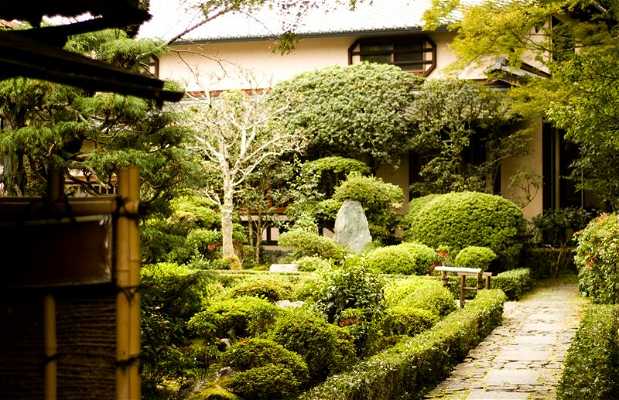Sebastian Muñoz
The Honenin is a temple of an...
El Honenin es un templo de una escuela...
El Honenin es un templo de una escuela independiente de la Secta Jodo del budismo Japonés. Es un buen sitio para visitar si se está recorriendo el famoso “philosopher’s path”, que termina en el Ginkakuji: uno de los templos más visitados de toda la ciudad de Kioto.
Durante el inicio del Período Kamakura, el santo Honen-In y sus alumnos Juren y Anrako vivían en una cabaña, y rendían culto a Amitabha Buda seis veces cada día y cada noche. La generación número 38 del santo Honen-In y los alumnos de su tiempo decidieron renovar la cabaña y convertirla en un templo durante el año de 1680.
La figura de Amithaba Buda creada por el padre Eshin y una escultura de madera perteneciente a Honen son preservados en el edificio principal del actual edificio. 25 flores frescas son llevadas al lugar cada mañana, siguiendo la tradición iniciada por el santo Honen-In.
Se trata de un recinto público de entrada libre y gratuita. Las flores secas que caen de los árboles de la entrada, hacen que el templo tenga un aroma muy particular, y un aspecto mágico sobre todo durante el otoño. Dentro del templo se encuentran las tumbas de diversas figuras del budismo japonés, como Tanizaki Jonuchiro, Kawakami Hajime y Kuki Shuzo.
The Honenin is a temple of an independent school of the Jodo sect of Buddhism Japons. It is a good place to visit if you is touring the famous philosophers path, which ends at the Ginkakuji: one of the most visited temples throughout the city of Kyoto. During the beginning of the Kamakura period, the saint Honen-In and students Juren and Anrako live in a cabaa, and Buddha Amitabha cult rendan six times every day and every night. The number generation 38 Saint Honen-In and students of his time decided to renew the cabaa and turn it into a temple during the year 1680. The figure of Amitabha Buddha created by Father Eshin and a wooden sculpture belonging to Honen are preserved in the main building of the current building. 25 fresh flowers are taken to place each morning, following the tradition begun by Saint Honen-In. This is a public exhibition of free admission. Dried flowers falling from the trees at the entrance, make the temple has a very particular aroma, and a magical appearance especially during the autumn. Inside the temple are tombs of different figures of japanese Buddhism, as Tanizaki Jonuchiro, Kawakami Hajime and Kuki Shuzo.



+6

